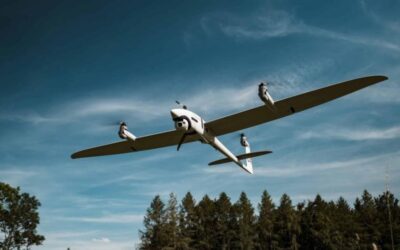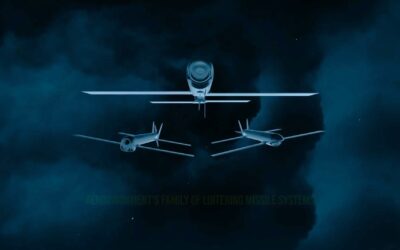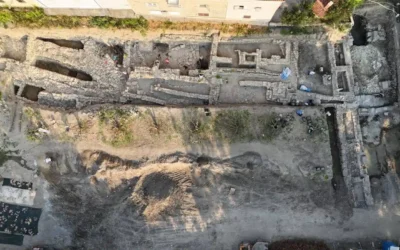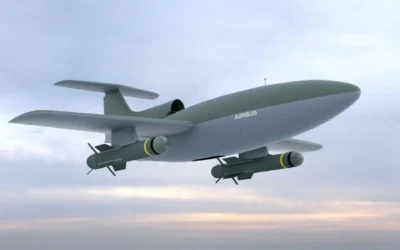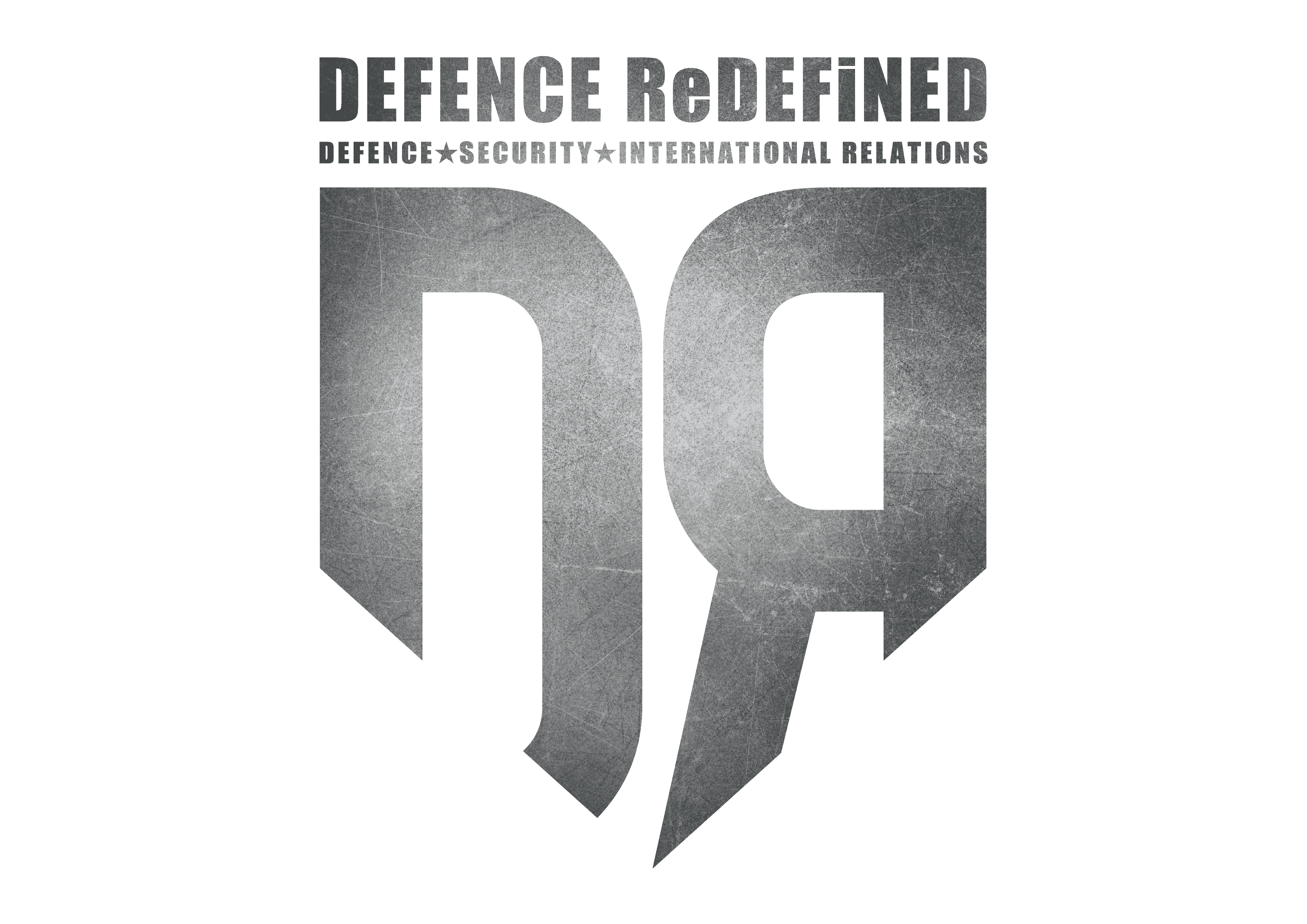The European Investment Bank (EIB) has agreed on a series of measures to further boost investment in security and defence, as well as in critical raw materials.
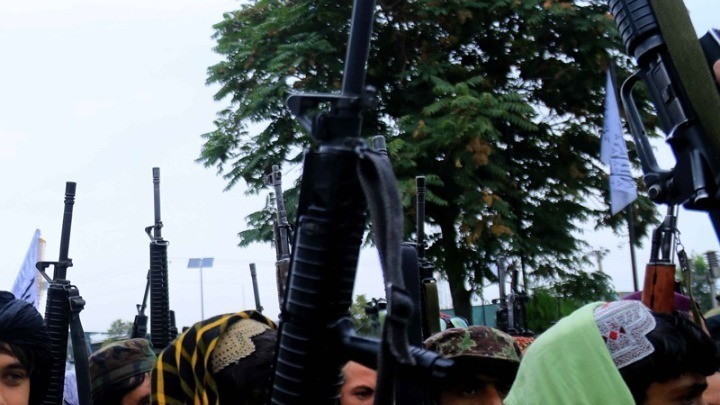
The Pakistani Taliban on Monday announced the end of a ceasefire they had declared in June, but it was only partially adhered to on their part, ordering their fighters to resume attacks across Pakistan.
The Tehrik-i-Taliban Pakistan (Taliban Movement of Pakistan), an organization distinct from the Afghan Taliban yet sharing the same ideology, has killed tens of thousands of people, civilians, and members of the security forces since its establishment in 2007. It is estimated that the victims of its action are almost 80,000.
Although it has weakened since 2014 following intensive operations by the Pakistani military, it has rebounded since the Taliban returned to power in Afghanistan in August 2021, amid the withdrawal of foreign troops, especially those of the United States, after a two-decade war.
The movement in question justified the end of the ceasefire, which it had extended indefinitely in July to facilitate peace negotiations with representatives of the Pakistani state, citing its breach by Islamabad.
An announcement from the leadership of the Pakistani Taliban says that they have shown great patience so as to not sabotage the peace process, but the army and the intelligence services have not stopped their attacks, so now they will launch retaliatory attacks across the country.
Peace talks began in May in the Afghan capital, Kabul, brokered by the Afghan Taliban, but there has been no substantial progress since then.
Also read: Afghanistan | Taliban accuse Pakistan of US using its airspace
The ceasefire was never really respected, neither by the movement, which multiplied targeted attacks – no longer against civilians, but mainly against security forces – nor by the Pakistani military, which has never stopped pursuing fundamentalist militants.
The movement was formed by Pakistani jihadists, allies of al-Qaida, who fought alongside the Afghan Taliban in the 1990s, before rebelling over Islamabad’s support for the US when the US-led international alliance began its invasion of that country.
It was at the peak of its power from 2007 to 2009, when it controlled the Sawat Valley, not even 140 kilometers from Islamabad, imposing its own highly fundamentalist version of Islamic law.
The group is particularly notorious for the deadliest attack in Pakistan’s history: around 150 people, mostly students, were massacred in December 2014 in a raid on a military school in Peshawar.
Also read: Afghanistan | Taliban call for EU aid to operate airports
Weakened by frequent US UAV strikes, its internal divisions, and the emergence of the Islamic State jihadist group, it was eventually driven from the semi-autonomous tribal lands of northwestern Pakistan into Afghanistan during the army’s large-scale operation in 2014.
It began to regroup in the summer of 2020, with dissident factions coming together. Yet its fortune seemed to really change after the Taliban seized power in Kabul.
The movement’s attacks have increased by 50% since August 2021 and have claimed the lives of at least 433 people, according to Pakistan’s PIPS Institute. At the same time, the organization seems to have systematically blackmailed businessmen and politicians to secure funding, according to testimonies gathered by AFP.
The Pakistan-Afghanistan border has been a source of increasing tension for a year. Islamabad accuses the Afghan Taliban of allowing the movement to plan and organize attacks on Pakistani territory there, an accusation denied by the regime in Kabul.
READ MORE
European Union | Joint White Paper for European Defence Readiness 2030
Yesterday, the High Representative for Foreign Affairs and Security Policy and the European Commission presented a White Paper…
Libya | Announcement of Licensing Round for Exploitation of Energy Resources
Libya has officially announced its first oil and gas licensing in 17 years, offering 22 areas for international auction.
HCDI | The Programmatic Horizon of Research and Development Projects for 2025
The Hellenic Defence Innovation Center (HCDI) announced its Programmatic Horizon of Research and Development Projects for 2025, which…
RAFNAR Hellas | New Shipyard in Lavrio, Expansion in Keratea, and New 62-Foot Vessel
RAFNAR Hellas has announced the official opening of its new state-of-the-art shipyard and headquarters in Lavrio, along with a…
IVECO DEFENCE VEHICLES – METLEN | Strategic Alliance for the Hellenic Army’s Military Truck Fleet Modernisation
METLEN and Iveco Defence Vehicles (IDV) have signed a Memorandum of Understanding (MoU), establishing an exclusive collaboration…
Prisma Electronics | Delivery of the First Systems for the FDI Frigates
Prisma Electronics has successfully delivered the first systems for the FDI frigates, having passed all rigorous acceptance…
Massive Ancient Greek Defensive Wall Unearthed in Croatia
An ancient Greek defensive wall, dating back at least 2,000 years, has been uncovered near the Adriatic coast of Croatia, the…
Airbus | Demonstration of LOAD Against Kamikaze Drones
At the “Unmanned Systems X” trade show held in Bonn, Germany, on 25-26 March, Airbus introduced its new unmanned air defence system, LOAD.










